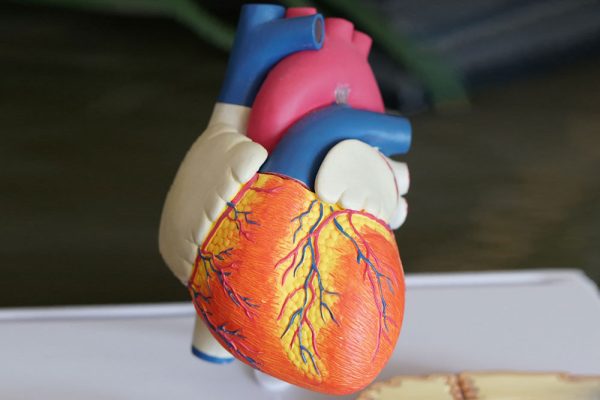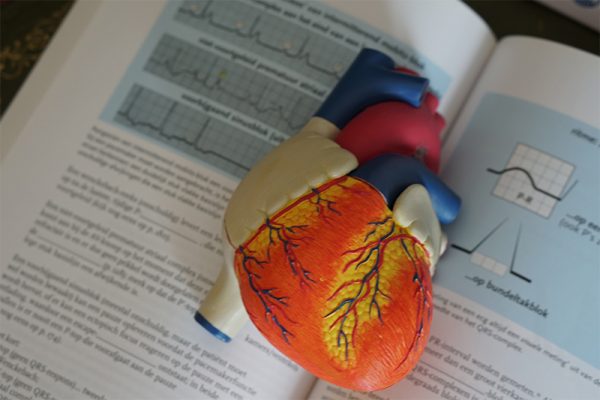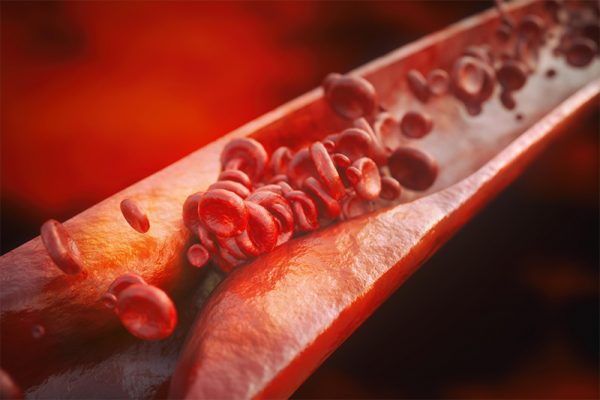Conditions

An abdominal aortic aneurysm (AAA) is a permanent local dilatation or bulge in the aorta greater than 1.5 times its normal diameter.The aorta is the largest vessel carrying blood from the heart to the rest of the body. The aorta leaves the heart and descends through the chest and abdomen until it splits into two arteries to supply the legs.

Angina is a recurring pain or discomfort in the chest that occurs when a part of the heart does not receive enough blood. The result of this oxygen demand exceeding available supply produces chest pain. Angina is not a disease, but a symptom of coronary artery disease and atherosclerosis, or hardening of the arteries. About 3 million people seek treatment for angina every year.

Aortic dissection is a condition in which a tear develops in the inner layer of the aorta. The aorta is the largest and main blood vessel branching off the heart. Blood flows through this tear into the middle layer of the aorta, causing the inner and middle layer to separate or dissect. This weakening in the wall of the aorta is prone to rupture which is often fatal.

Aortic stenosis is a condition in which the aortic valve narrows and prevents the valve from completely opening. This restricts blood flow out of the aorta and heart. Restriction of blood flow exiting the aorta diminishes the body’s potential to receive the maximum amount of oxygen rich blood.

Conditions in which the heart beats with an irregular or abnormal rhythm. Some arrhythmias occur without symptom while others have symptoms of increasing severity.

Atherosclerosis is the build-up of fat and cholesterol-filled plaques inside the artery walls, which can restrict blood flow. These plaques have the potential to rupture leading to the development of a clot.

Atrial fibrillation is a relatively common abnormal heart rhythm where the atria beat quickly, irregularly, and unevenly.

Atrial flutter is a relatively common abnormal heart rhythm where the atria beat quickly, but evenly. This is similar to atrial fibrillation, but the atria beat quickly and unevenly.

Infective (bacterial) endocarditis is an infection of either the heart’s inner lining (endocardium) or the heart valves. Infective endocarditis (IE) is uncommon, although some individuals with heart conditions may be at greater risk of developing IE.

